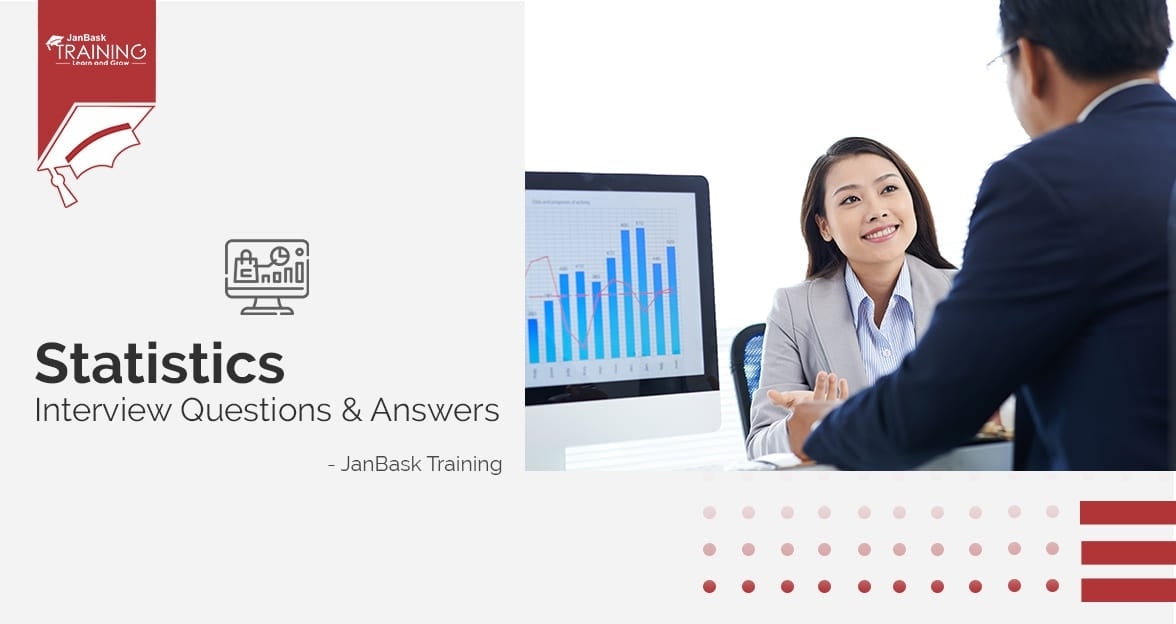 Grab Deal : Upto 30% off on live classes + 2 free self-paced courses - SCHEDULE CALL
Grab Deal : Upto 30% off on live classes + 2 free self-paced courses - SCHEDULE CALL

 Grab Deal : Upto 30% off on live classes + 2 free self-paced courses - SCHEDULE CALL
Grab Deal : Upto 30% off on live classes + 2 free self-paced courses - SCHEDULE CALL

Data Munging is a core competency required for anyone in the field of data science to do their work (ie. Extract useful information from a mountain of data). Data interpretation depends on this input for it to be of any help in making decisions and keeping records clear. With data science as the career field today, mastering data munging is not only a competitive advantage, it is a job requirement. Mastering data munging is a necessary prerequisite for those preparing to enter the data science job market. In this blog, we've gathered expert answers to pivotal questions, offering you essential insights to shine in your Data Science interview.
Let's delve into the intricacies of mastering Data Munging for a successful journey in the dynamic field of Data Science.
Answer: To maintain consistency and reliability in results, it's crucial to run programs from scratch and achieve the same outcome every time. This necessitates comprehensive data pipelines that take raw input and produce the final output.
Engaging in manual edits or formatting of data files in between processing stages is discouraged, as it introduces the risk of irreproducibility and makes it challenging to repeat the process on different data sets or correct errors if they arise.
Answer: In the course of a project, reconsidering or evaluating certain aspects may lead to adjustments in parameters or algorithms. This, in turn, necessitates rerunning the notebook to generate updated computations.
Receiving a big data product with a clear history (provenance) and being unrestricted from making any changes can be disheartening. The finality of a notebook is only reached after the entire project is completed, emphasizing the ongoing nature of its refinement and adaptation.
Answer: The optimal computational data formats possess key qualities:
Answer: Protocol buffers serve as a language/platform-neutral method for serializing structured data, facilitating seamless communication and storage across various applications. Essentially, they offer a more lightweight alternative to XML, where the structured data format is defined. This design is particularly suited for transmitting modest data volumes between programs, akin to the functionality provided by JSON.
Notably, protocol buffers are extensively employed for inter-machine communication within Google. Apache Thrift is a related standard in this realm, which finds application at Facebook.
Answer: CSV (Comma-Separated Value) files stand out as the go-to format for exchanging data between programs due to their simplicity. The structure is intuitive — each line represents a single record, with fields separated by commas, as easily discernible upon inspection. However, intricacies arise when dealing with special characters and text strings.
For instance, consider data containing names with commas, such as "Thurston Howell, Jr."
While CSV allows for escaping these characters to prevent them from being treated as delimiters, this approach can get messy. An improved alternative involves using a less common delimiter character, as seen in TSV (Tab-Separated Value) or tab-separated value files.
Answer: Mathematica is a proprietary system that offers comprehensive computational support for numerical and symbolic mathematics. It is constructed upon the Wolfram programming language, which, while less proprietary, forms the backbone of Mathematica.
Wolfram Alpha, an influential computational knowledge engine, is intricately linked to Mathematica. Operating on a blend of algorithms and pre-digested data sources, Wolfram Alpha interprets natural language-like queries.
Answer: Adjustability in computations is essential as reconsideration or evaluation may necessitate changes to parameters or algorithms. This, in turn, requires rerunning the notebook to generate updated computations.
It can be disheartening to receive a large data product without a clear history (provenance) and be informed that it is the final result with no room for alterations. Emphasizing an ongoing process, a notebook is considered unfinished until the entire project is completed.
Answer: The fundamental principle of data analysis, "garbage in, garbage out," underscores the importance of data cleanliness. The journey from raw data to a refined, analyzable dataset can be extensive.
Numerous challenges may surface during the data cleaning process, with a particular focus on identifying processing artifacts and integrating diverse datasets. The emphasis lies in the pre-analysis processing phase, ensuring that potential issues are addressed upfront to prevent the inclusion of undesirable data.
Answer: Visualize data as snapshots of the world and data errors as disruptions in these snapshots, often caused by factors like Gaussian noise and sensor limitations. Consider the example of a server crash leading to the loss of two hours of logs; this represents a data error, where information is irretrievably lost.
On the other hand, artifacts signal systematic challenges originating from raw information processing. The positive aspect is that these artifacts are correctable, provided the original raw data set is available. The caveat lies in the need to detect these artifacts before initiating the correction process.
Answer: Standard units are essential to ensure consistency in measurements. However, challenges arise due to functionally equivalent but incompatible measurement systems.
For example: My 12-year-old daughter and I weigh about 70, but one is measured in pounds and the other in kilograms, emphasizing the importance of standardized measurement units.
Answer: It's essential for integrated records to share a common key field, ensuring seamless data merging. Names are commonly used as key fields, but inconsistencies often arise.
For instance, is "Jos ́e" the same as "Jose"? The challenge is compounded by diacritic marks, which are prohibited in the official birth records of some U.S. states, reflecting a rigorous effort to enforce consistency in reporting.
Answer: Mean value imputation involves using the mean value of a variable as a substitute for missing values, and it's generally a practical strategy.
Firstly, incorporating more values with the mean doesn't alter the mean itself, ensuring that statistical integrity is maintained. Secondly, fields with mean values contribute a neutral influence to most models, subtly impacting any forecasts derived from the data.
Answer: Random value imputation involves selecting a random value from the column to replace the missing data, a strategy that might seem prone to unpredictable outcomes. However, the intention is quite the opposite. By repeatedly choosing random values, it allows for a statistical assessment of the impact of imputation.
If running the model multiple times with different randomly imputed values yields widely varying results, it signals caution, suggesting that confidence in the model may be questionable. This accuracy check proves particularly valuable when a substantial fraction of values are missing from the dataset.
Answer: Collecting wisdom from a set of responses hinges on employing the appropriate aggregation mechanism. Standard techniques such as plotting the frequency distribution and computing summary statistics prove fitting when estimating numerical quantities.
Both the mean and median operate under the assumption of symmetrically distributed errors. A brief examination of the distribution's shape can generally validate or refute this hypothesis, aiding in selecting an accurate aggregation approach.
Answer: In measuring aspects of human perception, crowdsourcing systems offer efficient avenues for collecting representative opinions on straightforward tasks. A notable application involves establishing linkages between colors in red-green-blue space, and the names people commonly use to identify them in a language.
This understanding becomes particularly significant when crafting product and image descriptions, ensuring alignment with the perceptions and language commonly employed by the target audience.
Data Science Training - Using R and Python

Wrapping up our series of interviews for Data Science, we can see that Data Munging is an important skill you want to combine facts into wisdom, it's an ability that can't be overlooked. Not only is this expertise an extremely valuable asset, it is also an essential prerequisite for a successful career in Data Science. Also, keeping up with the newest techniques, tools, and strategies in
Data Munging is of paramount importance for experienced and freshers alike. The expert guidance offered in this guide aims to afford you information that will enable you to succeed in implementing the relevant Data Science knowledge and experience in interviews or for your future employment.
Elevate your preparation and stay ahead in the competitive landscape by delving into JanBask Training Courses. Your path to excellence in Data Science starts now!

Statistics Interview Question and Answers


Data Warehouse Interview Question And Answers in 2024

Cyber Security

QA

Salesforce

Business Analyst

MS SQL Server

Data Science

DevOps

Hadoop

Python

Artificial Intelligence

Machine Learning

Tableau
Download Syllabus
Get Complete Course Syllabus
Enroll For Demo Class
It will take less than a minute
Tutorials
Interviews
You must be logged in to post a comment